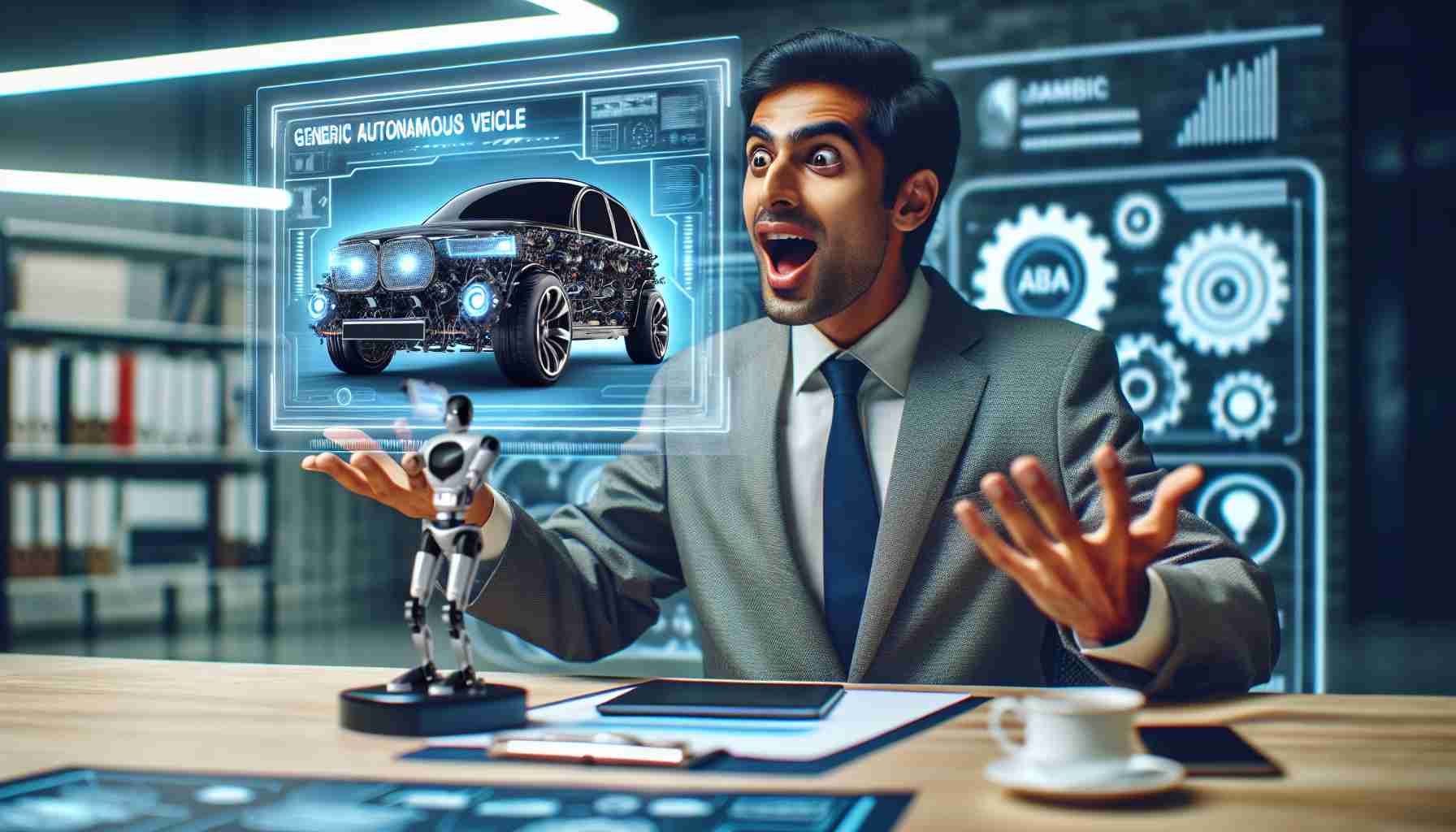Xiaomi Co-Founder Commends Tesla’s Autonomous Driving System
In a surprising show of cross-industry support, Lin Bin, the vice chairman and co-founder of Chinese tech conglomerate Xiaomi, recently shared his admiration for Tesla’s self-driving technology. Despite Xiaomi’s entry into the electric vehicle market with the SU7, aiming to compete with Tesla’s Model 3, Lin’s commendation signifies a gesture of professional respect towards the innovations of Tesla.
Experiencing the Future of Driving
Lin Bin’s exposure to the Tesla Full Self-Driving (FSD) v12 came from a test drive that went beyond his expectations. He articulated his experience over social media, describing a seamless 10-minute journey covering 10 kilometers—navigating from parking lot to highway, through city streets, and back—without the need for LIDAR or high-precision maps. The impressive FSD system, relying solely on visual modeling, left the Xiaomi executive eager to test it again in denser traffic conditions, noting its human-like driving capabilities.
Smart Cars: A New Era Championed by Industry Leaders
Echoing Lin Bin’s sentiments, Xpeng CEO He Xiaopeng has also expressed anticipation for FSD technology in China. Their united stances underscore a common interest in advancing smart car technologies for the market, which is seen as a critical component of the new age of quality productivity.
Tesla’s FSD Technology: Nearing Chinese Roads?
Tesla has been cautious about setting expectations for FSD’s availability in China; however, recent moves by Elon Musk and Tesla, including agreements with Baidu and compliance with Chinese data security standards, have sparked speculation regarding an impending launch. Industry watchers are keenly observing these developments, marking a potential shift in smart vehicle technology’s expansion within China.
The article presents perspectives on Tesla’s Full Self-Driving (FSD) technology from Lin Bin, the vice chairman and co-founder of Xiaomi, and suggests a growing respect and enthusiasm for autonomous driving technology among Chinese tech leaders. Below are additional relevant facts, key questions with answers, challenges, controversies, and the advantages and disadvantages associated with Tesla’s self-driving technology:
Addition Facts:
– Tesla’s Full Self-Driving technology leverages a combination of cameras, ultrasonic sensors, radar, and sophisticated algorithms to permit the vehicle to navigate autonomously.
– Tesla’s approach of relying solely on cameras and not LIDAR is a point of differentiation and debate within the autonomous vehicle industry.
– The electric vehicle (EV) market in China is rapidly expanding, with China being the largest market for EVs globally.
Most Important Questions and Answers:
Q: How does Tesla’s FSD work without LIDAR and high-precision maps?
A: Tesla uses a vision-based system that relies on deep learning and neural network technologies to process visual data from cameras surrounding the vehicle, enabling it to understand and navigate the environment.
Q: Is Tesla’s FSD technology legally permitted for full autonomous driving in China or the US?
A: As of the knowledge cut-off, FSD is not approved for complete autonomous driving without human oversight in China or the US. Regulations require a human driver to be attentive and ready to take over control.
Key Challenges or Controversies:
– The reliance on vision-based systems without LIDAR can be seen as less reliable in varying weather conditions, according to some critics.
– Autonomous driving technology faces regulatory hurdles, both in China and globally, regarding safety, cybersecurity, and data privacy.
Advantages and Disadvantages:
– Advantages:
– Enhanced safety features with the potential to reduce human error-related accidents.
– Increased convenience and efficiency for drivers, leading to potential productivity gains.
– The environmental benefits of electric autonomous vehicles could significantly reduce carbon emissions.
– Disadvantages:
– High costs associated with the development and deployment of self-driving technology.
– Current versions of FSD still require human supervision, and the timeline for true autonomy is uncertain.
– Potential job losses in the transportation industry due to automation.
Suggested Related Links:
– Tesla
– Xiaomi
It’s worth noting that while these facts provide additional context, the pace of development in this area is rapid, so any specific technological, regulatory, or market facts should be verified for the most current status.

